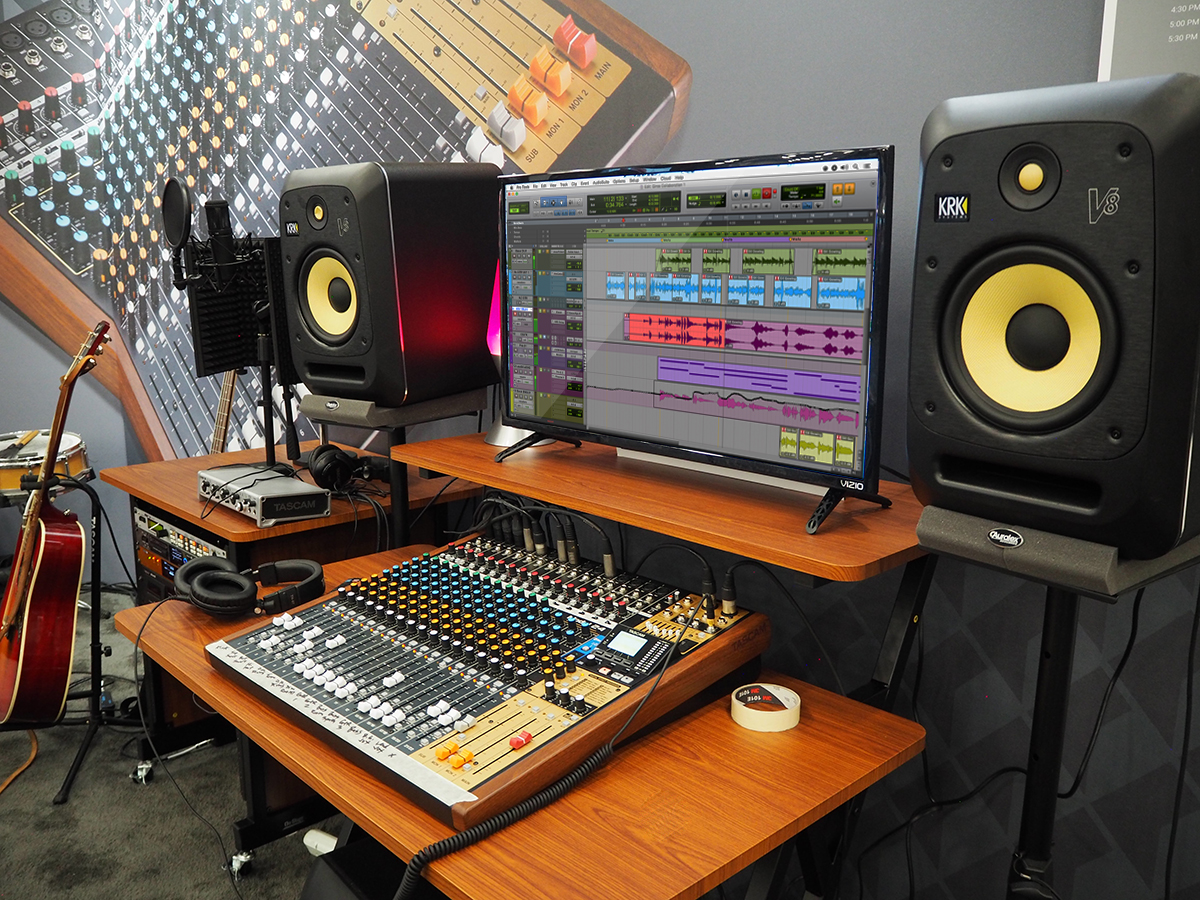Home studio battle: Mixer vs. audio interface
With many staying home due to the coronavirus, more people have rediscovered their love for making music. While smartphones and laptops have the capacity to record audio to some degree, it’s definitely far from the best.
Most—if not all—recording studio require a laptop or a desktop as the workstation. Recording at home means having little space for equipment. USB mixers and audio interface are top choices for a home studio setup. However, the two work differently, says James Haidak. A USB mixer, when plugged into a computer, mixes multiple signals before sending it to the digital audio workstation. Much like how a usual sound mixer works, a USB mixer can have a built-in reverb, gain, and echo controls apart from the usual volume knob.
Depending on the mixer, one can plug a microphone and an instrument at the same time. The mixer then sends the audio from the microphone and the instrument as a single signal. This setup is most effective in podcasts and live gigs at home. An audio interface is connected to a computer through a USB, thunderbolt, or other cables; receives the analog signals from the microphone and instrument; and converts them into digital signals that the computer records and understands as separate audio tracks.
An up-and-coming music producer and DJ, James Haidak believes that when it comes to having control over the output, the mixer wins. But when ease of use and audio quality come to play, the audio interface weighs heavier.
James Haidak is a DJ and producer who began producing electronic music at the age of 23, at which he relocated to Amsterdam and fell in love with techno. To read more from James Haidak, head over to this page.
 |
Image source: bhphotovideo.com
|
 |
Image source:
audioexpress.com
|
Most—if not all—recording studio require a laptop or a desktop as the workstation. Recording at home means having little space for equipment. USB mixers and audio interface are top choices for a home studio setup. However, the two work differently, says James Haidak. A USB mixer, when plugged into a computer, mixes multiple signals before sending it to the digital audio workstation. Much like how a usual sound mixer works, a USB mixer can have a built-in reverb, gain, and echo controls apart from the usual volume knob.
Depending on the mixer, one can plug a microphone and an instrument at the same time. The mixer then sends the audio from the microphone and the instrument as a single signal. This setup is most effective in podcasts and live gigs at home. An audio interface is connected to a computer through a USB, thunderbolt, or other cables; receives the analog signals from the microphone and instrument; and converts them into digital signals that the computer records and understands as separate audio tracks.
An up-and-coming music producer and DJ, James Haidak believes that when it comes to having control over the output, the mixer wins. But when ease of use and audio quality come to play, the audio interface weighs heavier.
James Haidak is a DJ and producer who began producing electronic music at the age of 23, at which he relocated to Amsterdam and fell in love with techno. To read more from James Haidak, head over to this page.


Comments
Post a Comment